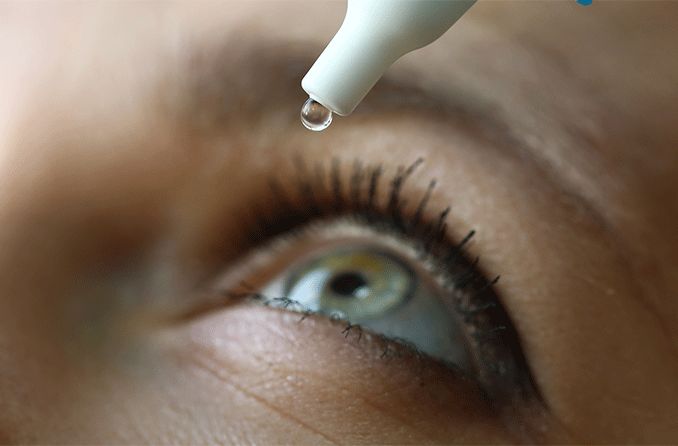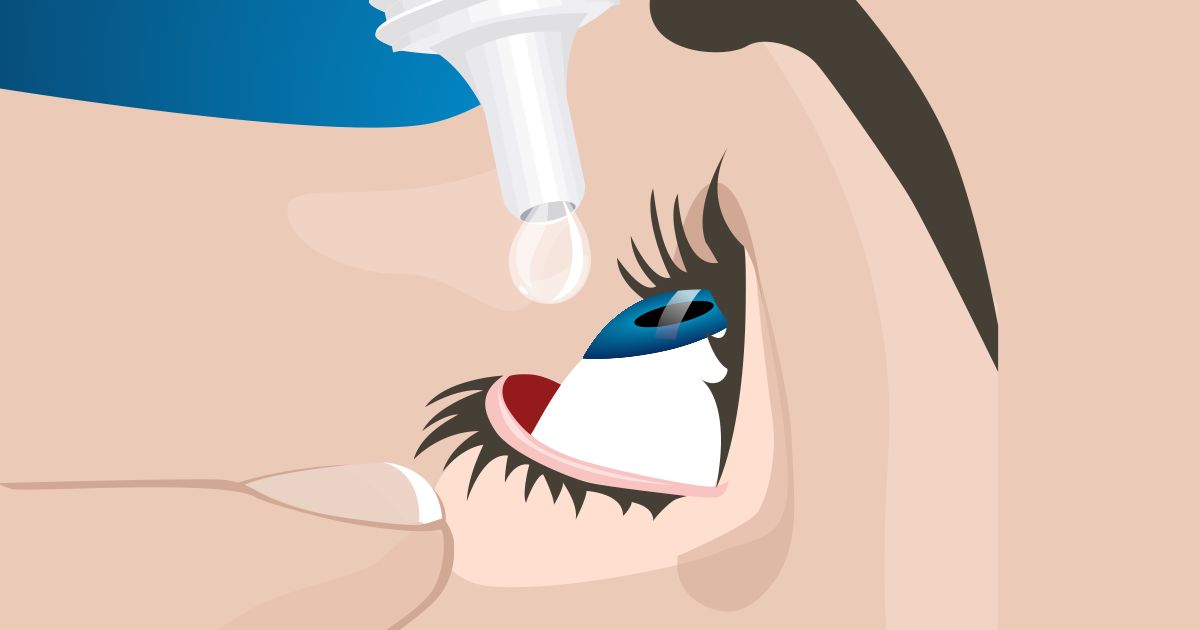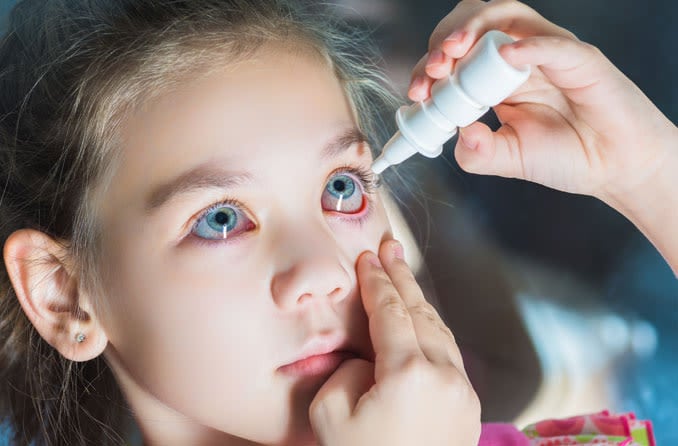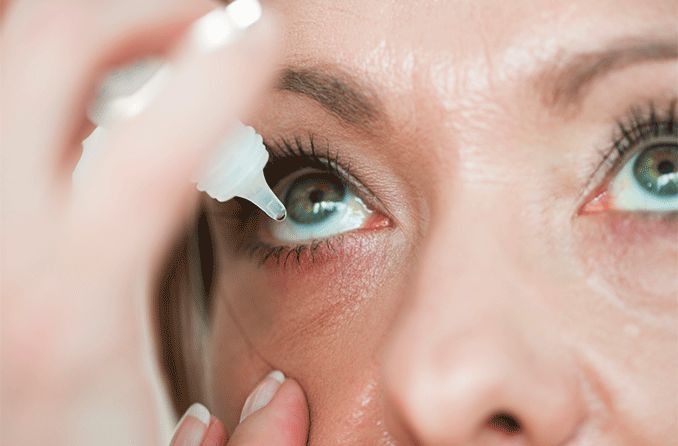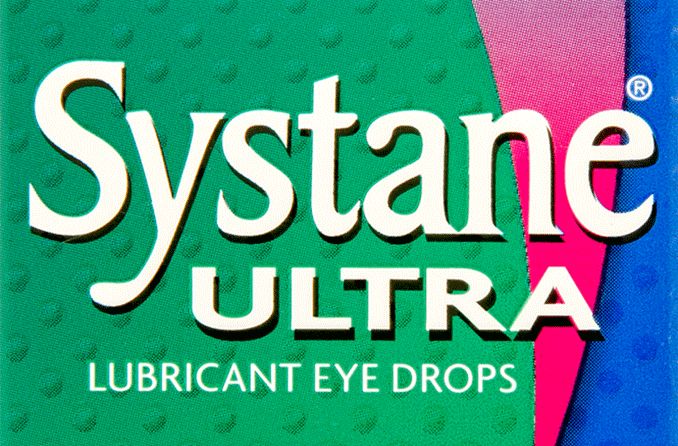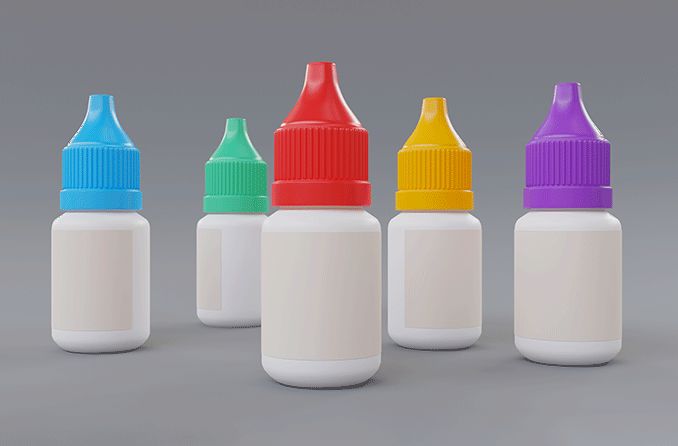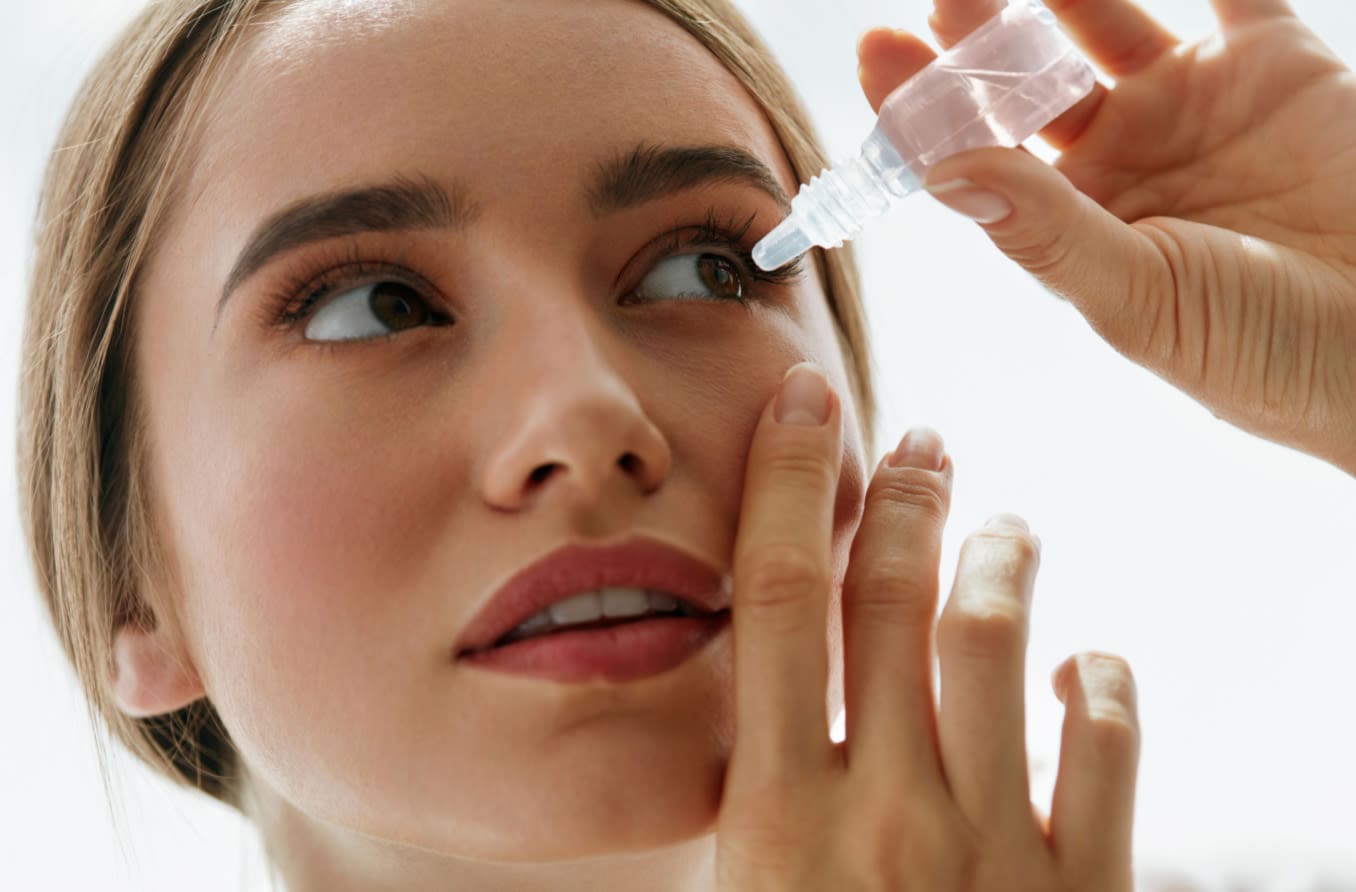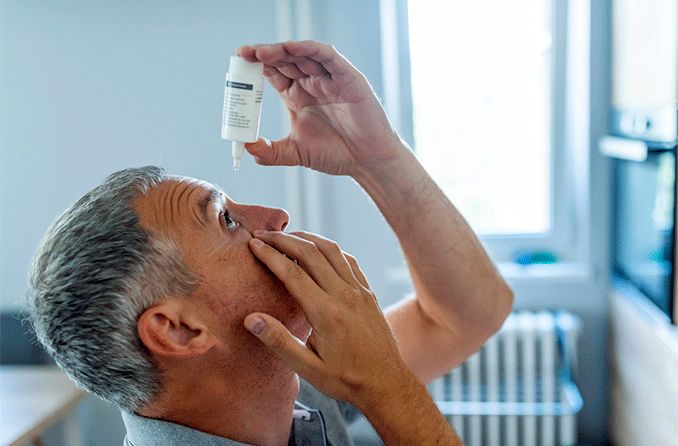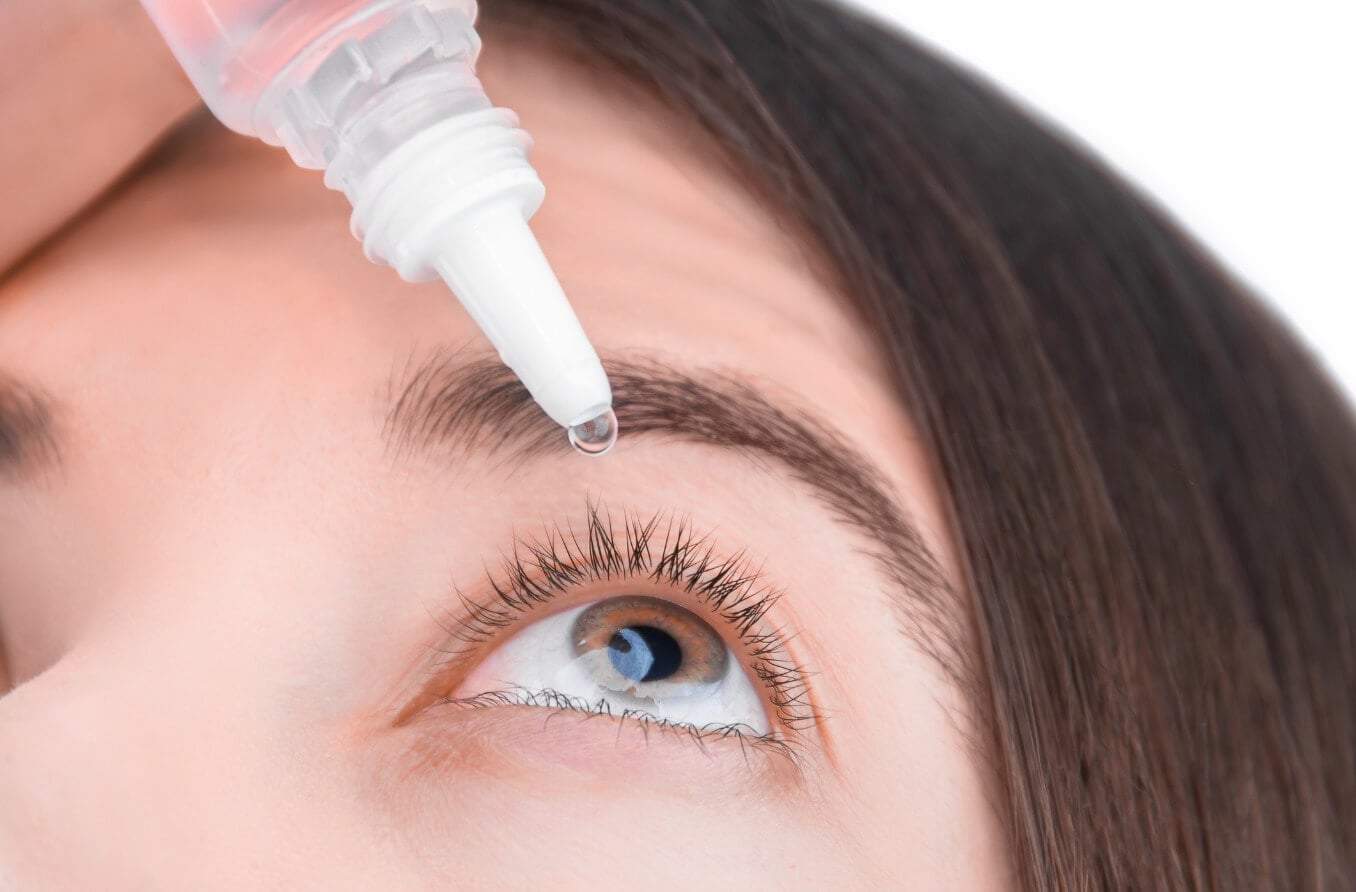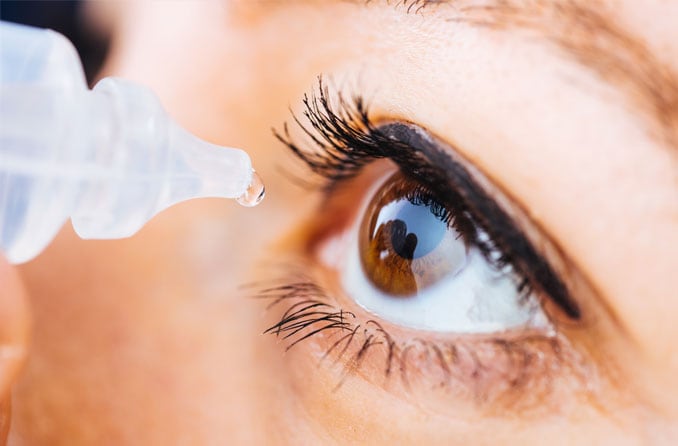Red eyes (bloodshot eyes) are caused by numerous factors, from fatigue to digital eye strain. Although redness is temporary, it can be bothersome and require treatment. One particular method of treatment to consider is Bausch + Lomb Lumify eye drops.
What is Lumify and how does it work?
Lumify eye drops are U.S. FDA-approved drops to relieve red eyes without a prescription. These drops are designed to relieve redness in the eye due to minor irritations by specifically targeting the source of redness.
The active ingredient in Lumify is brimonidine tartrate (0.025%), which relieves redness by constricting the veins in the eye. Veins expand when they are triggered by irritation, causing the white of the eye (sclera) to appear red or pink.
According to Bausch + Lomb, Lumify has been proven safe and effective in clinical trials when it is used as directed. Adults as well as children ages 5 and up can use Lumify up to four times a day for relief that lasts as long as eight hours.
What causes red eyes?
Before treating your condition, it is important to understand what causes red eyes in the first place.
When the blood vessels located on the surface of your eye become irritated, they expand, which then causes the eyes to appear “bloodshot” or red.
The irritation that causes redness is often triggered by conditions and circumstances such as:
- Eye allergies
- Fatigue
- Dry eye syndrome
- Environmental factors like smoke, pollen, chlorine from swimming pools and pollution (to name a few)
- Digital eye strain
- Irritation caused by contact lenses
- Eye infections such as conjunctivitis (pink eye)
Fortunately, red eyes are temporary and can be treated. Lumify is one way to treat red eyes, but it’s best to contact your eye doctor before beginning use — especially if redness comes on suddenly or you experience additional symptoms such as blurred vision.
SEE RELATED: How to relieve bloodshot eyes
What makes Lumify different from other eye drops?
Many redness relieving products are on the market, such as Visine and Clear Eyes. These work similarly to Lumify but with a different approach to redness relief.
The active ingredients in Visine (tetrahydrozoline) and Clear Eyes (naphazoline hydrochloride) eliminate redness by constricting the blood vessels, particularly the arteries, which decreases blood flow and oxygen in the eye.
While this process provides temporary relief, redness can return worse than before once the drops have worn off and oxygen returns to the eye (the rebound effect). This can lead to a cycle in which the eyes constantly rely on eye drops for relief.
Unlike Visine and Clear Eyes, the active ingredient in Lumify (brimonidine tartrate) targets the eye’s veins (not the arteries) and so does not interrupt the flow of oxygen in the eye as it works. This also prevents the rebound effect from taking place.
Since Lumify is still only meant for temporary relief, it’s important to notify your eye doctor if you experience constant redness that doesn’t respond to Lumify.
How long does Lumify last?
According to the manufacturer, each dose lasts up to eight hours, and doses can be given up to four times a day. A bottle of Lumify should be discarded and replaced every three months to avoid bacterial growth.
Be sure not to overuse Lumify or use it past its expiration date, as this can cause complications for your eyes that may require additional evaluation and treatment from your eye doctor.
How to use Lumify drops
Be sure to use exactly as directed on the label, or as prescribed by your doctor.
Lumify can be used by adults and children 5 and over as a temporary way to relieve eye redness. Just one drop provides relief for up to eight hours.
Here are some general usage instructions according to the manufacturer’s website:
- Wash your hands and remove contact lenses if you are wearing them. Contacts can be reinserted 10 minutes after applying Lumify.
- Place one drop in the affected eye and blink a few times if needed.
- If you use other eye care products, wait at least five minutes between the application of each product.
- You can use Lumify up to four times a day, every six to eight hours. It is important not to exceed these guidelines in order to prevent any possible complications.
- Do not touch the tip of your Lumify bottle to any surface, including your hands or fingertips, and always replace the lid after using it.
If you experience changes in vision, pain, continued redness or other irritation, or if the problem persists or worsens, stop using Lumify immediately and contact your eye doctor.
Talk to your doctor if you find yourself needing to use Lumify excessively. If you need to use Lumify often, it’s possible you may have an underlying condition that could require additional evaluation and care.
READ MORE: How to put in eye drops
Lumify side effects and safety
While Lumify is FDA approved to relieve redness in the eyes from minor eye irritation, it is not intended (and should not be used) to relieve dryness, irritation or other symptoms. Lumify is safe when it is used as directed.
Clinical trials did reveal side effects in a few people, including:
- Itching
- Tearing
- Pain
- A sensation of a foreign object in the eye
These side effects were temporary, and only a small number of people in the trials reported them.
Negative reactions are often due to the user being allergic to an ingredient in a product. If you are allergic or sensitive to brimonidine tartrate (the active ingredient in Lumify) or benzalkonium chloride (the preservative used), avoid using Lumify.
Do not use Lumify or other eye care products if the packaging appears tampered with. Stop using Lumify if you experience pain or other side effects, and don’t hesitate to contact your eye doctor for assistance.
Where to buy Lumify
You do not need a prescription for Lumify. You can purchase the drops over the counter at your local pharmacy and at merchants including:
- CVS
- Walgreens
- Target
- Walmart
- Other major retailers
Lumify can cost between $10 and $20, depending on the size of the bottle. Prices may also vary based on the merchant. Before purchasing, make sure to check the expiration date and ensure that the package is intact.
Even though Lumify is available over the counter, it’s important to speak with your eye doctor before beginning use, especially if you experience problems such as red eyes consistently or if other symptoms are present.
Be sure to schedule a yearly comprehensive eye exam to keep your eyes healthy, both for vision changes and overall wellness.
READ NEXT: What different eye drop cap colors mean
